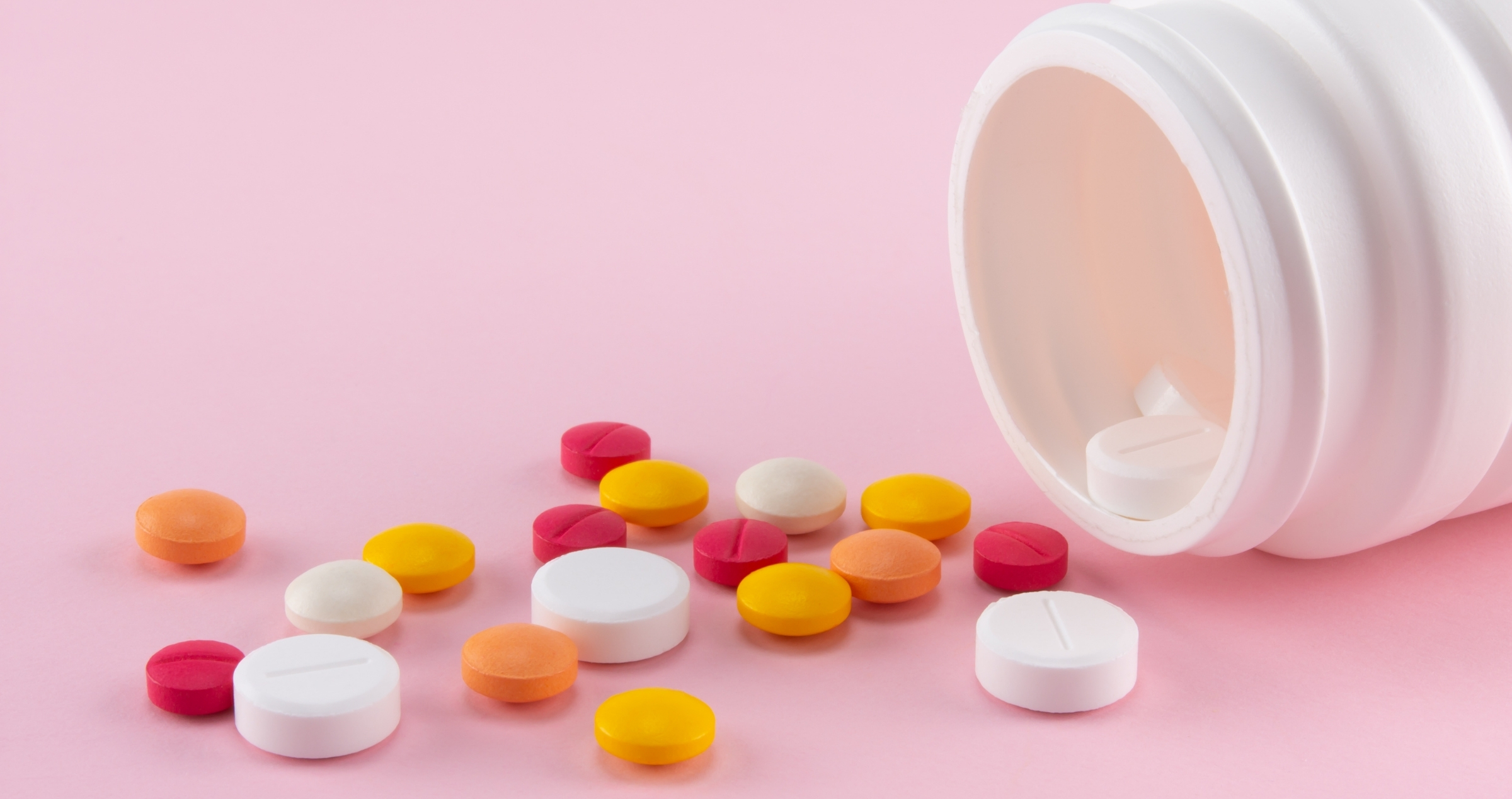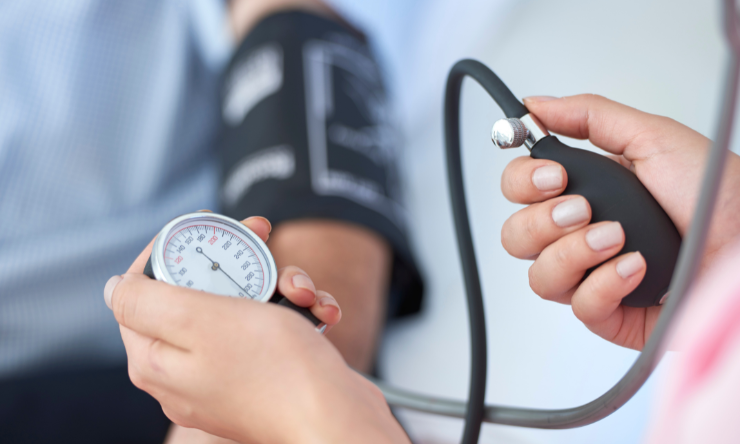Share
Corticosteroids or “steroids” are a group of anti-inflammatory drugs, commonly used in the treatment of a range of medical conditions including asthma, eczema and rheumatoid arthritis. They can also be used to treat inflammation within the eye.

Steroids come in a range of different formulations including topical drops and creams, inhaled, injectable and oral. Steroids, however, can increase intraocular pressure in some people. Steroid-induced glaucoma was first reported in the 1950s. The rise in pressure associated with topical therapy is usually higher than that associated with oral steroids. It is important to monitor intraocular pressure while you are on steroids. The steroid response can occur in a few weeks or in as little as a few days in highly sensitive people. These include children or people with glaucoma. A baseline intraocular pressure should be done and a follow up measurement after 2 to 3 weeks.
The mechanism by which steroids increase intraocular pressure is thought to occur due to increased resistance at the trabecular meshwork, the drain in the eye, therefore reducing outflow of the fluid in the eye.
Risk Factors
Factors that put patients at risk for a corticosteroid-induced rise in intraocular pressure include patients with a history of glaucoma or glaucoma suspects. Likewise, patients with a first degree relative with glaucoma are also at an increased risk1.
Older adults are more likely to demonstrate a steroid response than younger adults. However, children are greater steroid responders than adults2. An increased risk of steroid response has also been noted in people with connective tissue disease, such as rheumatoid arthritis, as well as in people who are diabetic and who are very short sighted (myopic).
Steroids come in a range of potency. Meaning some steroids are stronger than others. The more potent the steroid the greater the risk of intraocular pressure elevation. Sometimes switching to a less potent steroid can help treat the rise in pressure.
Management of Increased Intraocular Pressure due to Steroids
The management of significant corticosteroid induced intraocular pressure elevation is similar to that of other glaucoma. Prevention and early detection are important. In most cases the intraocular pressure returns to baseline within a few weeks after the steroid treatment is discontinued. Although in a minority of people, the intraocular pressure may remain elevated despite cessation of the medication.
While on steroids the pressure rise can be treated like other forms of glaucoma with pressure lowering drops. Selective laser trabeculoplasty, a laser used to treat primary open angle glaucoma, can also be used. In rare cases where laser and drops have failed to lower intraocular pressure sufficiently, surgery in the form of trabeculectomy may be required.
The risk of an increase in intraocular pressure should not deter you from using steroids if prescribed. Steroids are necessary to treat ocular inflammation as well as systemic diseases. With early detection and treatment of a steroid induced rise in intraocular pressure steroid induced glaucoma will be avoided.
References
1.Armaly MF. Effect of corticosteroids on intraocular pressure and fluid dynamics II The effect of dexamethasone on the glaucomatous eye. Arch Ophthalmol 1963;70:492-9
2. Lam DSC, Fan DSP, Ng JSK et al. Ocular hypertensive and anti-inflammatory responses to different dosages of topical dexamethasone in children: a randomised trial. Clin Exp Ophthalmol 2005;33:252-8.



